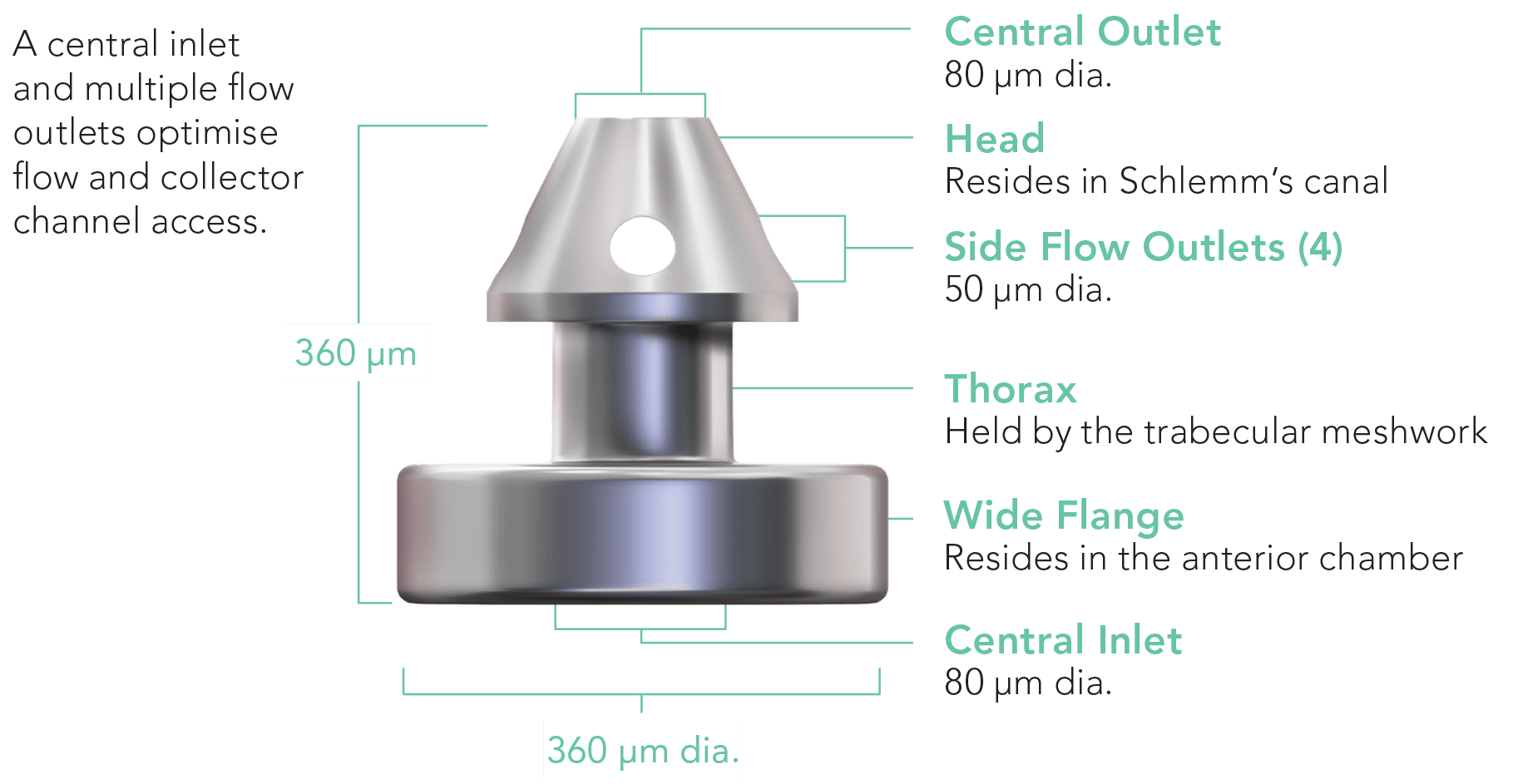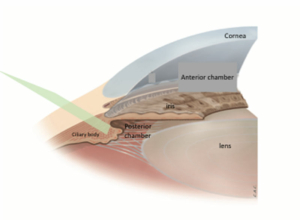How Can I Know if a MIGS Procedure is Right for Me?
Do you or someone you love have glaucoma? Glaucoma is a group of eye conditions that can lead to permanent vision loss without treatment.
It prevents the aqueous fluid from draining properly, which increases intraocular pressure or IOP and damages the optic nerve. Minimally invasive glaucoma surgeries, also called MIGS, offer an advanced approach to glaucoma treatment.
MIGS can help lower your eye pressure, which is crucial to preserving your remaining vision. Keep reading to learn more about MIGS, how it’s different from traditional glaucoma surgeries, and ways it can help manage your glaucoma.
What is MIGS?

MIGS are glaucoma surgeries that use microscopic equipment and tiny incisions to reduce your eye pressure and delay or minimize optic nerve damage. Unlike standard glaucoma surgeries, MIGS is less invasive.
These procedures also offer a faster recovery time and have fewer complications compared to traditional glaucoma surgeries. Moreover, MIGS causes less disruption to eye structures than other glaucoma procedures.
For many patients, these minimally invasive surgeries are more effective at lowering IOP than other glaucoma medications.
Good Candidates for MIGS
Not all patients qualify for MIGS. For instance, glaucoma patients with poorly controlled IOP with a high risk of not improving might not be ideal candidates.
But MIGS may be right for you if you’re looking for treatment options that are more effective than prescription drops or pills but less invasive than traditional surgeries.
You may also qualify for MIGS if:

- You have mild to moderate glaucoma
- You’re looking to reduce your dependence on eye drops or other glaucoma medications
- Have both glaucoma and cataracts
- You develop side effects from your glaucoma medications
- You find it difficult to stay compliant while using eye drops to lower your intraocular pressure
- You’re on blood thinners as traditional glaucoma surgeries can cause more bleeding than MIGS
- You’re physically unable to tolerate more invasive glaucoma surgeries
Ultimately, your eye doctor will assess your situation, including your current glaucoma management plan and medical history, to determine if you’re a candidate for MIGS.
Types of MIGS Procedures Available at Eye Consultants of North Dakota
There are many kinds of MIGS procedures available. At Eye Consultants of North Dakota, we’re proud to offer our patients the following MIGS procedures:
iStent inject W

The iStent inject W is the tiniest medical device implanted in the eye. It’s made from titanium and inserted during cataract surgery to make it more convenient for patients that need both cataract surgery and a glaucoma procedure.
With the iStent inject W, you can manage your intraocular pressure and significantly reduce your need for glaucoma medication.
How iStent inject W Works
Patients have the iStent inject W placed during cataract surgery. Your surgeon will remove your cataract and then insert the iStent inject W.
Two titanium stents are placed inside your eye to create two permanent bypasses between the front part of your eye and its drainage pathway. These stents help improve fluid flow and safely decrease your eye pressure.
Lower IOP slows damage to the optic nerve and protects against vision loss. After implanting the stents, you won’t be able to see or feel them. After the procedure, you’ll receive anti-inflammatory and antibiotic eye drops. In addition to decreasing your IOP, other benefits of the iStent inject W are:
- It continually helps improve the flow of fluid in your eyes
- After the procedure, most glaucoma patients can maintain normal intraocular pressure
Micropulse Cyclophotocoagulation (CPC)
Micropulse CPC targets the ciliary body. The ciliary body is the part of your eye that makes clear fluid, also known as aqueous humor.
By applying laser treatment to the ciliary body, micropulse CPC can shrink it and reduce the production of fluid.
How Micropulse CPC Works

There’s no pain during the laser application, but you may experience slight discomfort. For this reason, your surgeon may use a local anesthetic to improve your comfort.
Next, they will guide the laser several times to the ciliary body epithelial cells. The laser only goes over the ciliary body cells for a few minutes to shrink the cells.
You’ll undergo micropulse CPC while lying on your back. Because it’s done on your back, it’s often one of the best MIGS procedures for people with health conditions like congestive heart failure.
After the procedure, you’ll receive anti-inflammatory drops to help reduce inflammation and help with any soreness. Patients may not notice immediate changes in their eye pressure.
But after one to three months, most patients should see a decrease in their IOP. In cases where the ciliary body regenerates, your surgeon may recommend a repeat procedure.
Some of the Benefits of Micropulse CPC are:
- It uses short bursts of laser energy that don’t burn the ciliary body
- By pausing between micro pulses, your surgeon can change the tissue in your eyes instead of destroying it
- The treatment works quite well for most patients
Selective Laser Trabeculoplasty (SLT)
Sometimes, MIGS alone might not be enough to lower your eye pressure. Your eye doctor may suggest SLT as an additional procedure in such instances.
SLT is a laser treatment that uses minimal heat energy delivered in short pulses to target melanin-containing tissues in the trabecular meshwork. The trabecular meshwork is a spongy tissue in the cornea that removes fluid from your eye.
SLT is effective in reducing intraocular pressure and controlling the progression of glaucoma. For the best results, it can be used in conjunction with MIGS.
How SLT Works
An SLT procedure begins with numbing drops. Next, your surgeon will direct a green light with a power beam on the lens of your eye, where it’s reflected on the trabecular meshwork.
From there, it’s selectively absorbed by pigmented cells to enable better fluid drainage. On application, the short pulses of light stimulate chemical and biological changes in the trabecular meshwork tissues for improved fluid outflow, which lowers your eye pressure.
The procedure is painless and takes about 10 to 20 minutes to complete.
Prevent Vision Loss from Glaucoma

Performing MIGS at Eye Consultants of North Dakota has helped many glaucoma patients control their eye pressure and preserve their vision. If you have glaucoma and want to reduce your dependence on medication or need to get ready for cataract surgery, MIGS might be an ideal option.
Want to find out if you’re a good MIGS candidate? Schedule your appointment at Eye Consultants of North Dakota in Fargo, ND, now!



